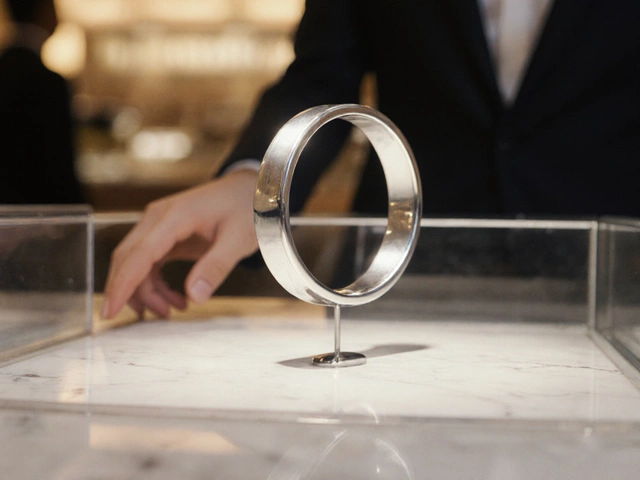Crafting with Money: Smart Ways to Turn Cash into Valuable Jewelry
Ever thought about turning the money in your wallet into a piece of jewellery that actually grows in value? You don’t need a finance degree – just a few simple habits and the right mindset. Below you’ll find clear steps that let you spend wisely, buy confidently, and sell profitably.
Why Jewellery Can Be a Good Money Tool
Jewellery isn’t just about looking good. Gold, silver and certain gemstones hold intrinsic worth that stays steady even when markets wobble. A 21‑karat (875) gold piece, for example, follows a clear purity chart that lets you compare price per gram across brands. When you buy a hallmarked item, you know exactly how much metal you own, which is a built‑in safety net.
Another advantage is resale potential. Some brands keep a high resale value because collectors trust the design and the hallmark. Knowing which brands hold value – like those listed in our “Top Jewelry Brands with the Highest Resale Value in 2025” – can guide you toward pieces that act like a small, portable investment.
Practical Steps to Turn Money into Valuable Pieces
1. Set a budget and stick to it. Treat your jewellery purchase like any other investment: decide how much you can afford and don’t exceed that limit. This prevents impulse buys that often lack purity marks or reputable branding.
2. Learn the key markings. Look for stamps like "875" for 21K gold, "833" for 83.3% silver, or BIS hallmark symbols for gold in India. These tell you exactly what you’re paying for and help you avoid cheap plating.
3. Choose timeless designs. Classic gold chains, simple pendants, and traditional bangles tend to keep their appeal. Trendy pieces can be fun, but they may lose resale value faster.
4. Buy from trusted sellers. Whether it’s a known brand or a certified online store, a reliable seller will provide certification and a clear return policy. This protects you if the hallmark turns out to be fake.
5. Keep documentation. Store receipts, hallmark certificates and any appraisal reports. When it’s time to sell, these papers prove authenticity and make the transaction smoother.
6. Track market timing. Gold prices often dip in certain months. Our guide on the "Best Month to Buy Gold in India" shows that buying during a price dip can save you up to several hundred rupees per gram.
7. Test before you trust. Simple checks like a magnet test (real gold isn’t magnetic) or weighing the piece against a known standard can spot cheap imitations early.
By following these steps, your cash becomes a tool to acquire jewellery that not only looks great but also holds real value. Over time, you’ll notice the difference between a flashy trend and a genuine asset.
Remember, jewellery crafting with money isn’t about splurging on every new design. It’s about making thoughtful choices that blend style and financial sense. Start small, stay informed, and watch your collection grow in both beauty and worth.
Is it Illegal to Make Jewelry Out of Money?
Turning money into jewelry sounds intriguing, but it raises a lot of questions about legality. This article explores whether it's legal to use currency for making jewelry, covering different regulations across the world. Dive into the nuances around defacing currency, curious stories of money-made jewelry, and practical tips for those interested in this unique craft. Explore the creative potential while staying informed about the law.



